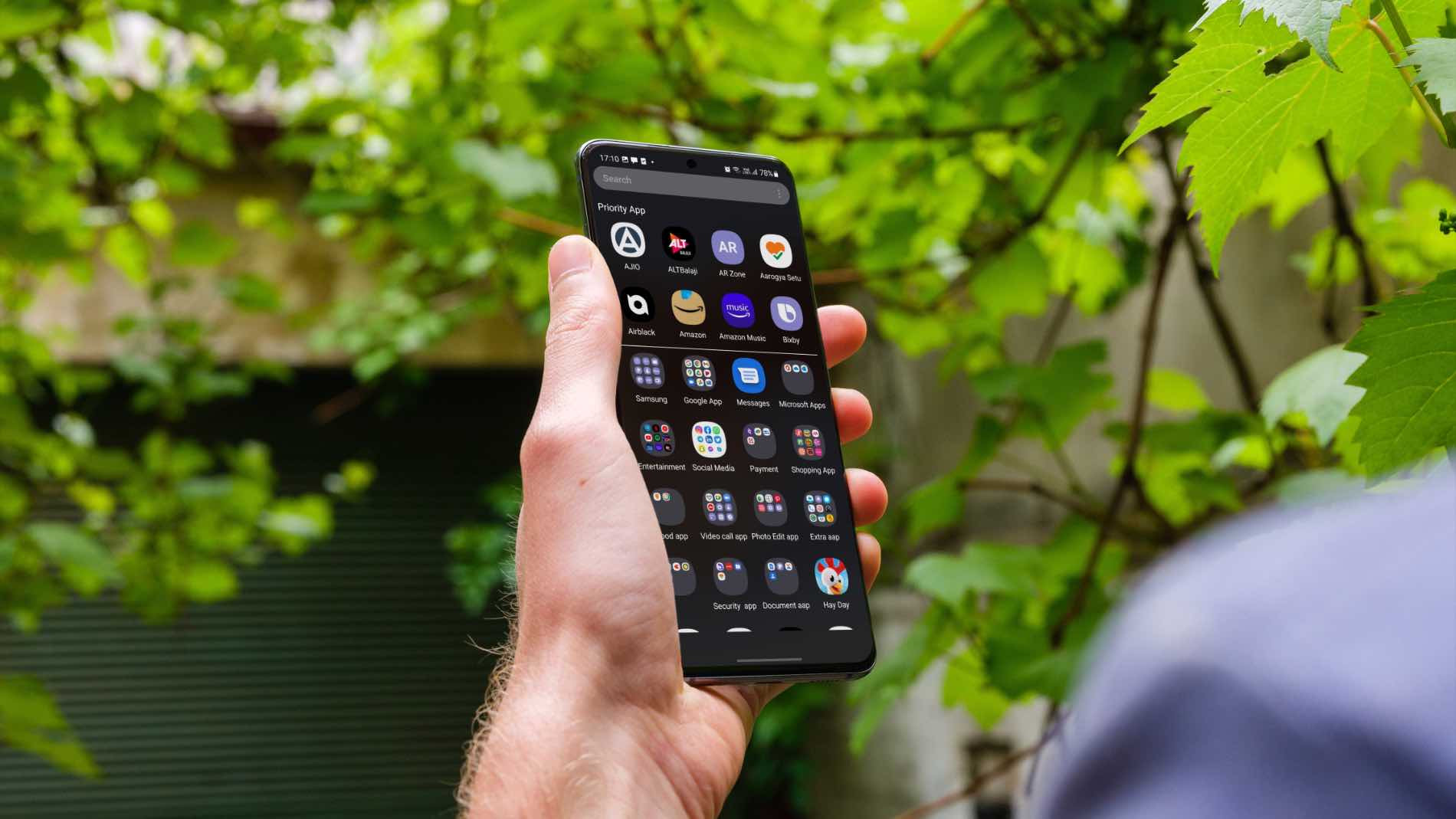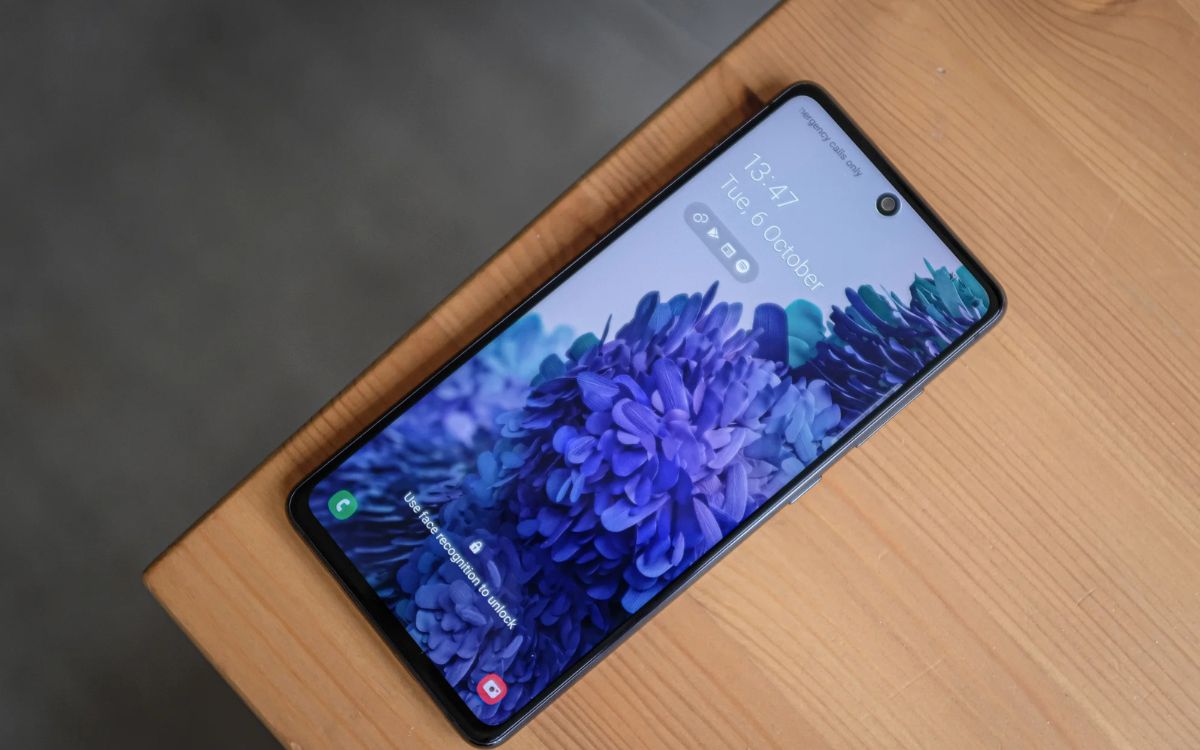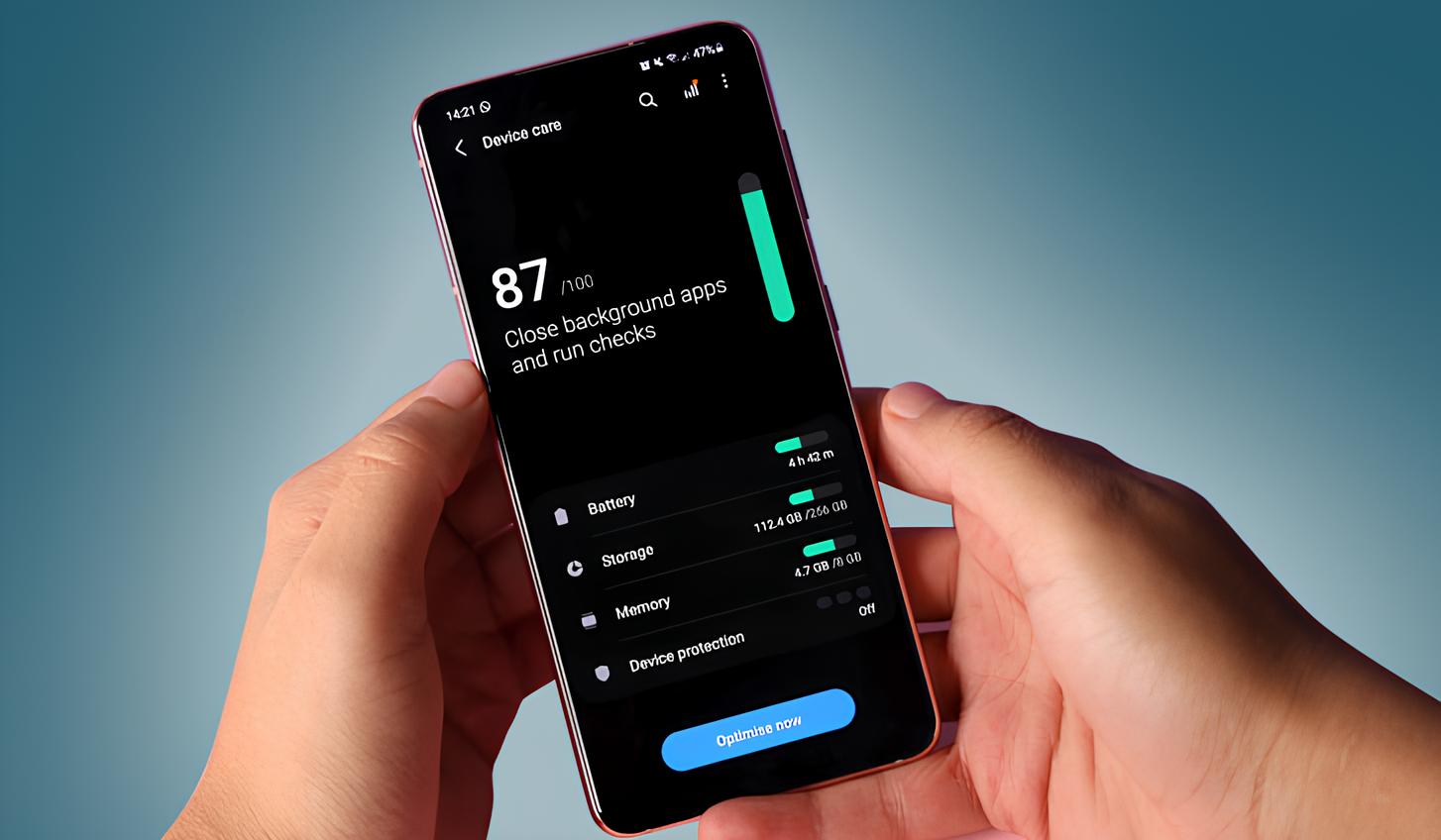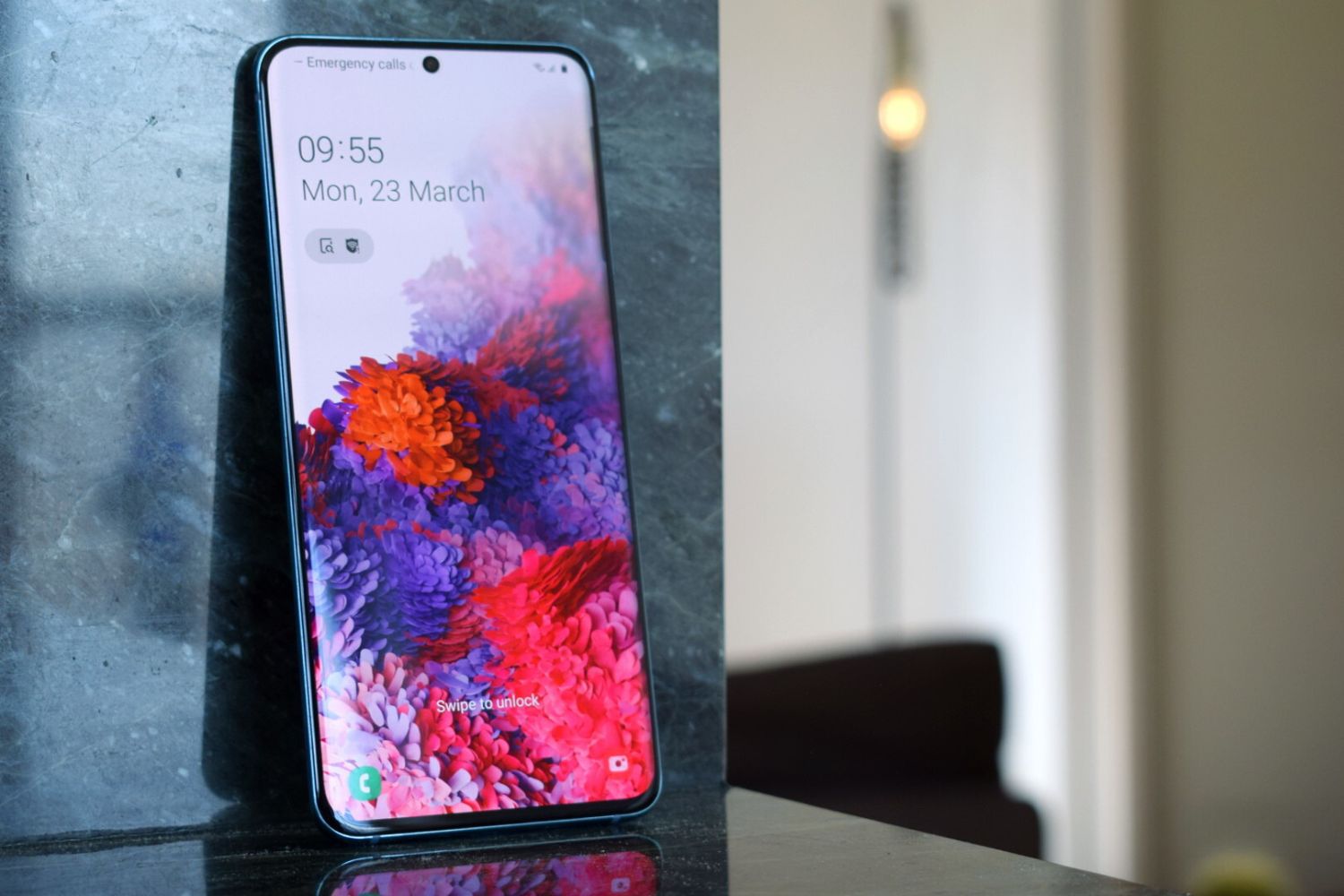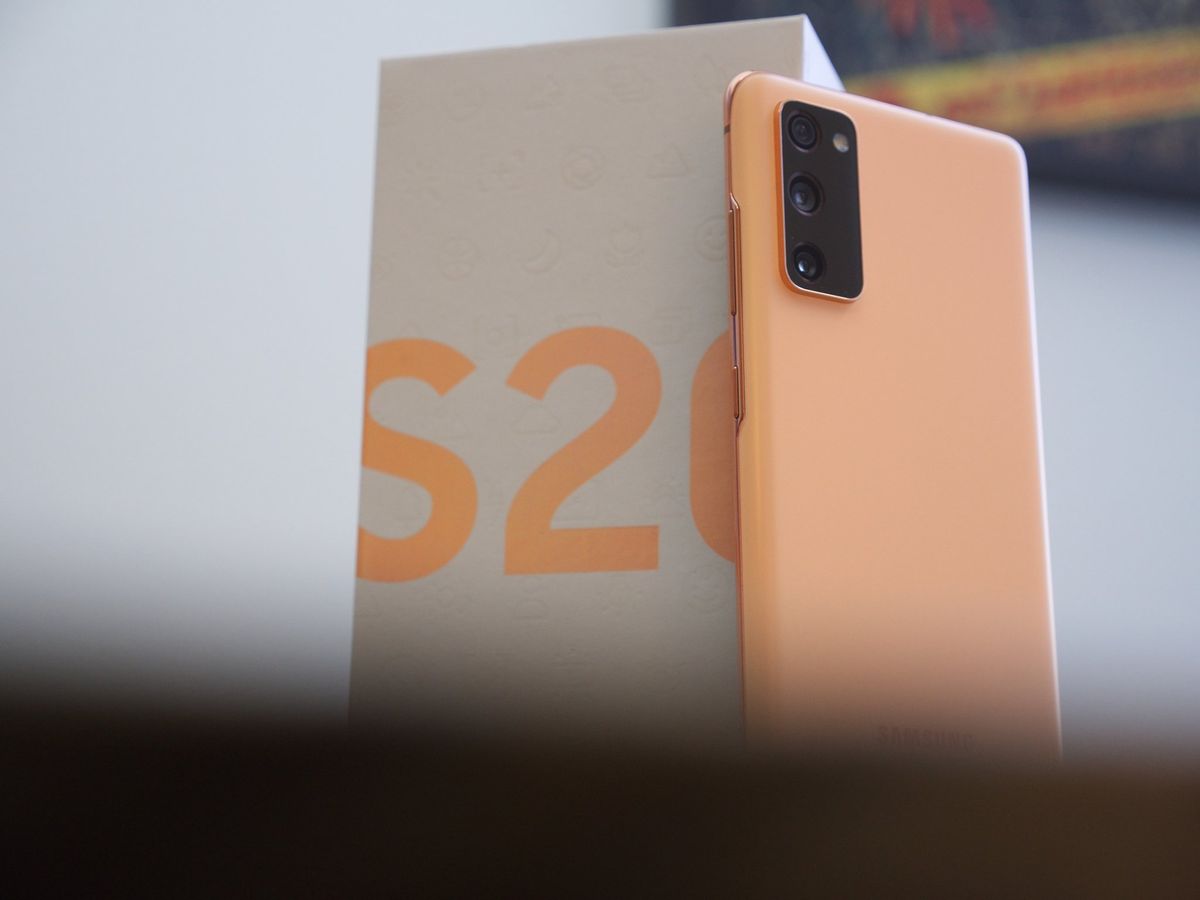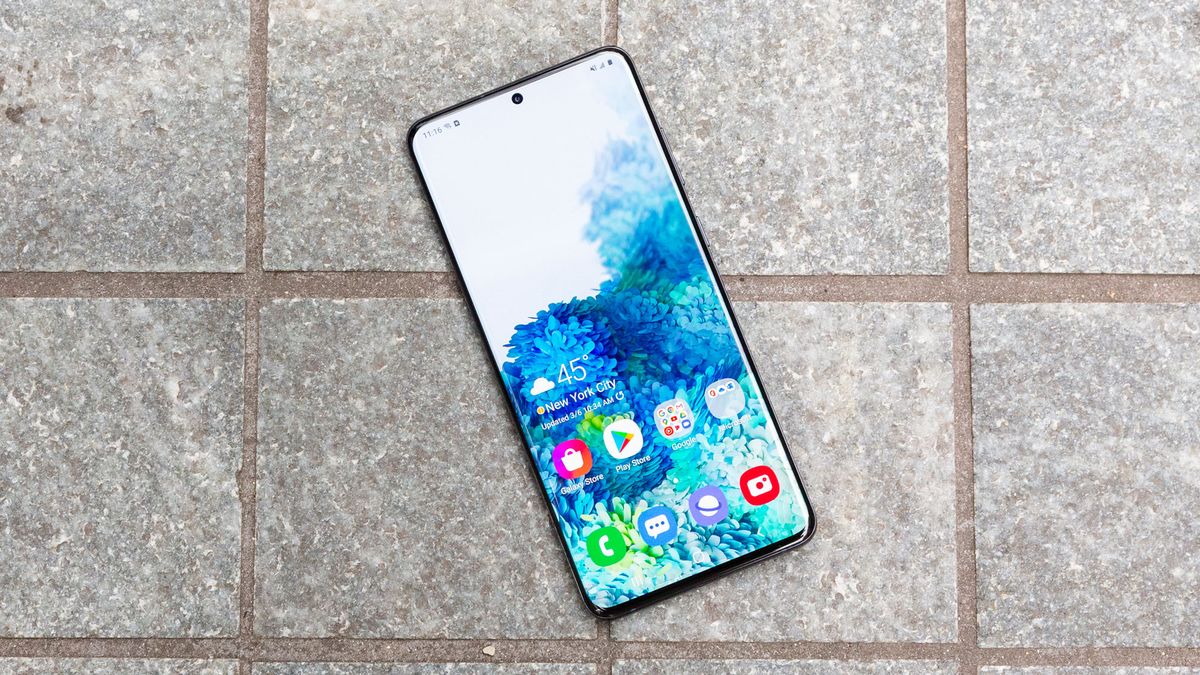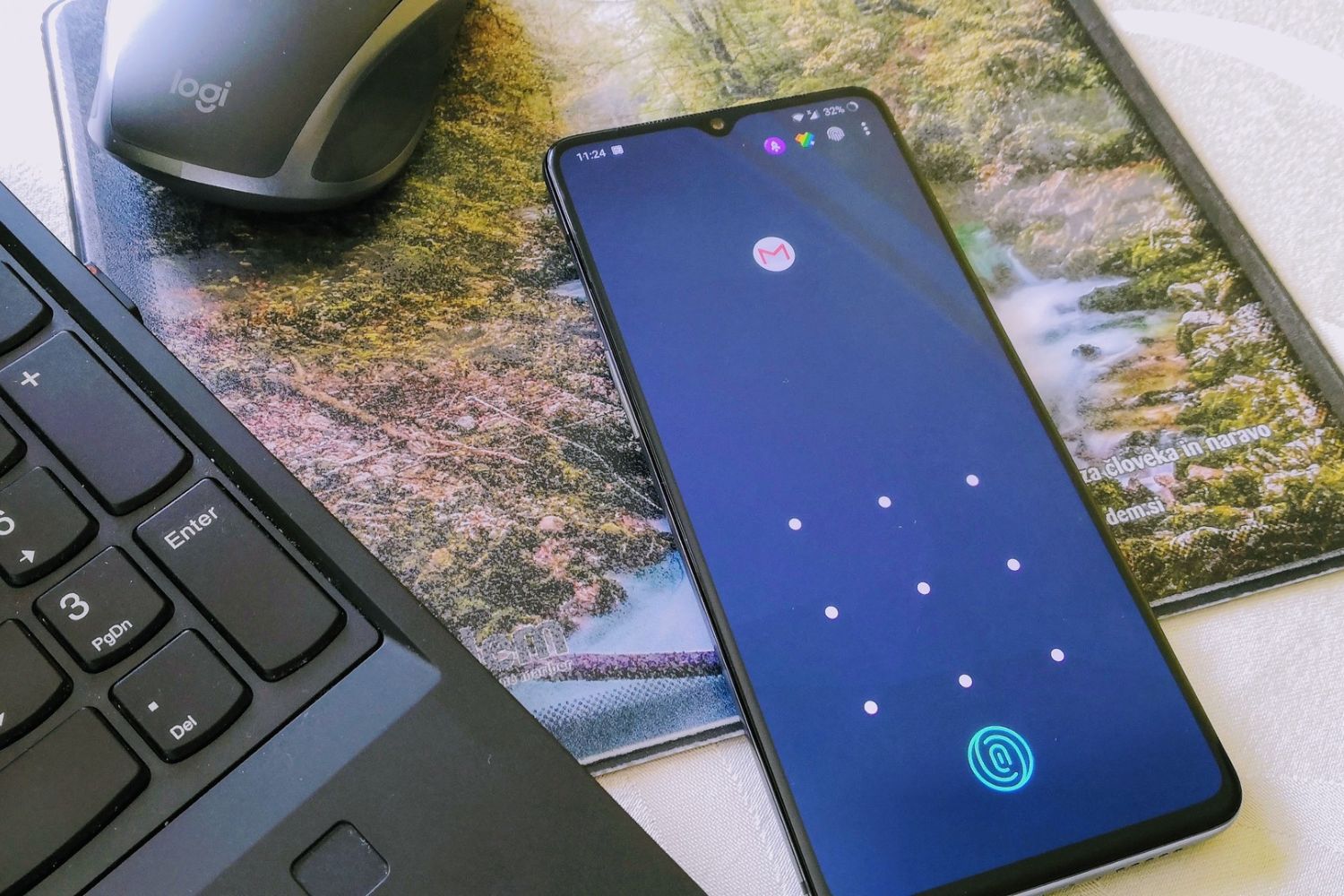Introduction
In today's digital age, our smartphones have become an integral part of our daily lives, serving as a gateway to a wealth of information and services. The Samsung S20, with its advanced features and seamless user experience, has garnered a dedicated following. However, amidst the convenience and connectivity offered by this cutting-edge device, privacy concerns loom large.
As we navigate the digital landscape, our online activities leave behind digital footprints in the form of cookies. These small pieces of data are stored on our devices by websites we visit, serving various purposes such as remembering login credentials, personalizing content, and tracking user behavior. While cookies can enhance our browsing experience, they also raise significant privacy considerations.
In this article, we delve into the world of cookies on the Samsung S20, shedding light on their implications for user privacy. We will explore the risks associated with retaining cookies on the device and provide a comprehensive guide on how to clear them effectively. Additionally, we will discuss supplementary privacy measures that Samsung S20 users can implement to bolster their digital security and protect their personal information.
Join us on this journey as we uncover the intricacies of cookies, understand their impact on privacy, and equip Samsung S20 users with the knowledge and tools to safeguard their digital footprint. Let's embark on a proactive approach to enhancing privacy and fortifying the security of our Samsung S20 devices.
Understanding Cookies
Cookies, in the context of digital technology, are small pieces of data that websites store on users' devices. These data files serve a multitude of functions, ranging from enhancing user experience to tracking online behavior. When a user visits a website, the site sends a cookie to the user's device, which is then stored in the browser's files. This allows the website to recognize the user upon subsequent visits, enabling personalized content delivery and streamlined login processes.
Cookies are categorized into two main types: session cookies and persistent cookies. Session cookies are temporary and are deleted once the user closes the browser, while persistent cookies remain on the device for a specified duration, facilitating tasks such as remembering login details and preferences.
From a functional standpoint, cookies play a pivotal role in shaping the online experience. They enable websites to remember user preferences, such as language settings and personalized content choices, leading to a more tailored and user-friendly browsing environment. Additionally, cookies are instrumental in tracking user interactions, providing valuable insights to website operators regarding user behavior and preferences.
However, the pervasive use of cookies has raised concerns regarding user privacy and data security. As cookies store information about user activities and preferences, there is a potential risk of this data being exploited or misused. Furthermore, third-party cookies, which are utilized by entities other than the website being visited, have been a subject of scrutiny due to their implications for user privacy.
In essence, while cookies offer undeniable benefits in terms of personalization and user convenience, they also pose inherent privacy risks. As users become increasingly conscious of their digital footprint and privacy rights, understanding the intricacies of cookies is crucial in making informed decisions about their management and clearance.
By comprehending the role of cookies in the digital ecosystem and their impact on user privacy, Samsung S20 users can proactively take steps to mitigate potential privacy risks and safeguard their personal data. This understanding sets the stage for the subsequent exploration of the risks associated with retaining cookies on the Samsung S20 and the methods to effectively clear them from the device.
Risks of Keeping Cookies on Samsung S20
Retaining cookies on the Samsung S20 entails inherent privacy risks that users should be cognizant of. While cookies serve functional purposes such as personalizing content and streamlining user experiences, they also harbor potential vulnerabilities that can compromise user privacy and data security.
One of the primary risks associated with keeping cookies on the Samsung S20 is the potential exposure of sensitive information. Cookies store data related to user activities, preferences, and interactions with websites. This includes details such as login credentials, browsing history, and personalized settings. In the event of unauthorized access or data breaches, this stored information could be exploited, leading to privacy infringements and identity theft.
Furthermore, the utilization of third-party cookies introduces additional risks. These cookies, employed by entities other than the website being visited, can track user behavior across multiple sites, creating comprehensive profiles of user activities. This extensive tracking raises concerns about user privacy, as it enables the aggregation of personal data for targeted advertising, behavioral analysis, and potentially invasive profiling.
Moreover, the accumulation of cookies over time can lead to a cluttered digital footprint, potentially impeding device performance and compromising user privacy. As cookies persist on the device, they continue to accumulate, potentially leading to data overload and inefficiencies in browsing performance. Additionally, the prolonged retention of cookies can result in the storage of outdated or redundant data, further exacerbating privacy risks and cluttering the device with unnecessary information.
Another significant risk stems from the potential exploitation of cookies for unauthorized tracking and monitoring of user activities. Malicious entities may leverage cookies to monitor user behavior, track online activities, and gather sensitive information without user consent. This surreptitious tracking can lead to privacy violations and compromise the confidentiality of user interactions, underscoring the importance of proactive cookie management and clearance.
In light of these risks, Samsung S20 users are encouraged to exercise vigilance in managing their cookies to mitigate potential privacy vulnerabilities. By understanding the implications of retaining cookies on the device, users can make informed decisions regarding their digital privacy and take proactive measures to safeguard their personal information. The subsequent section will delve into comprehensive methods for clearing cookies on the Samsung S20, empowering users to enhance their privacy and fortify the security of their devices.
How to Clear Cookies on Samsung S20
Clearing cookies on your Samsung S20 is a proactive step towards enhancing your digital privacy and optimizing your browsing experience. By effectively managing cookies, you can mitigate privacy risks and ensure the efficient functioning of your device. Here's a comprehensive guide on how to clear cookies on your Samsung S20:
Clearing Cookies through the Browser Settings:
- Open the Browser: Launch the web browser on your Samsung S20 device.
- Access the Settings: Look for the browser's settings menu, usually represented by three dots or lines in the top-right or bottom-right corner of the screen.
- Navigate to Privacy Settings: Within the settings menu, locate the privacy or security settings. This may vary based on the browser you are using.
- Clear Browsing Data: Select the option to clear browsing data, which typically includes cookies, cached images, and site data.
- Choose Cookies and Site Data: Within the browsing data options, specifically select cookies and site data for deletion.
- Confirm and Clear: Follow the on-screen prompts to confirm the action and clear the cookies from your Samsung S20.
Utilizing Samsung Internet Browser:
If you are using the Samsung Internet browser on your S20, the process for clearing cookies is streamlined within the browser's settings. Simply follow these steps:
- Open the Samsung Internet Browser: Launch the browser from your device's app menu.
- Access Settings: Tap on the menu icon (usually represented by three lines) and navigate to the settings section.
- Clear Browsing Data: Look for the option to clear browsing data within the settings menu.
- Select Cookies and Site Data: Choose the specific option to clear cookies and site data from the browser.
- Confirm and Clear: Follow the prompts to confirm the action and clear the cookies from your Samsung S20.
Additional Considerations:
- Regular Maintenance: Consider clearing cookies and browsing data periodically to maintain optimal device performance and privacy protection.
- Utilize Privacy Features: Explore the privacy and security features within your browser settings to enhance your digital privacy beyond cookie clearance.
- Third-Party Browser Options: If you prefer alternative browsers, such as Chrome or Firefox, similar cookie clearance processes can be followed within their respective settings.
By following these steps, Samsung S20 users can effectively clear cookies from their devices, bolstering their privacy and optimizing their browsing environment. This proactive approach empowers users to take control of their digital footprint and mitigate potential privacy risks associated with cookie retention. Additionally, implementing these measures contributes to a streamlined and secure browsing experience, aligning with the evolving landscape of digital privacy and data security.
Additional Privacy Measures for Samsung S20
In addition to clearing cookies, Samsung S20 users can implement supplementary privacy measures to fortify the security of their devices and enhance their digital privacy. These measures encompass a range of proactive steps aimed at mitigating privacy risks and optimizing the overall user experience. By integrating these additional privacy measures into their digital routine, users can bolster their device's security and safeguard their personal information.
Utilize Virtual Private Network (VPN) Services
Integrating a VPN service into your Samsung S20 usage can significantly enhance your privacy and security while browsing the internet. A VPN encrypts your internet connection, shielding your online activities from prying eyes and potential security threats. By routing your internet traffic through a secure and private network, VPNs offer an added layer of protection, particularly when accessing public Wi-Fi networks. Samsung S20 users can explore reputable VPN providers to safeguard their online interactions and maintain anonymity while browsing.
Enable Two-Factor Authentication (2FA)
Enabling two-factor authentication on your Samsung S20 and associated accounts adds an extra barrier against unauthorized access. By requiring a secondary verification method, such as a unique code sent to your mobile device, 2FA enhances the security of your accounts and mitigates the risk of unauthorized login attempts. Samsung S20 users can enable 2FA across their various online accounts, including email, social media, and financial platforms, to bolster their digital security and protect sensitive information.
Regular Software Updates and Security Patches
Maintaining the latest software updates and security patches on your Samsung S20 is crucial for safeguarding your device against potential vulnerabilities and security exploits. By promptly installing system updates and security patches released by Samsung, users can benefit from enhanced device security, bug fixes, and improved privacy features. Regular updates ensure that the device's security protocols remain robust and up-to-date, mitigating potential risks associated with outdated software.
Explore Privacy Settings and Permissions
Samsung S20 users can delve into the device's privacy settings and app permissions to exert greater control over their digital privacy. By reviewing and adjusting app permissions, users can manage the access granted to various applications, limiting the collection of sensitive data and enhancing privacy protection. Additionally, exploring the privacy settings within the device's operating system allows users to customize privacy features, such as location services, ad tracking, and data sharing, aligning with their privacy preferences.
Implement Secure Screen Lock and Biometric Authentication
Securing your Samsung S20 with a robust screen lock, such as a PIN, pattern, or password, adds a fundamental layer of protection to the device. Additionally, leveraging biometric authentication features, such as fingerprint recognition or facial recognition, enhances the security of the device and safeguards sensitive data. By implementing secure screen lock and biometric authentication, Samsung S20 users can fortify the physical security of their devices, complementing their digital privacy efforts.
By integrating these additional privacy measures into their Samsung S20 usage, users can proactively enhance their digital privacy, fortify the security of their devices, and navigate the digital landscape with heightened confidence. These measures align with the evolving paradigm of digital privacy and data security, empowering users to take control of their online interactions and safeguard their personal information in an increasingly interconnected world.







